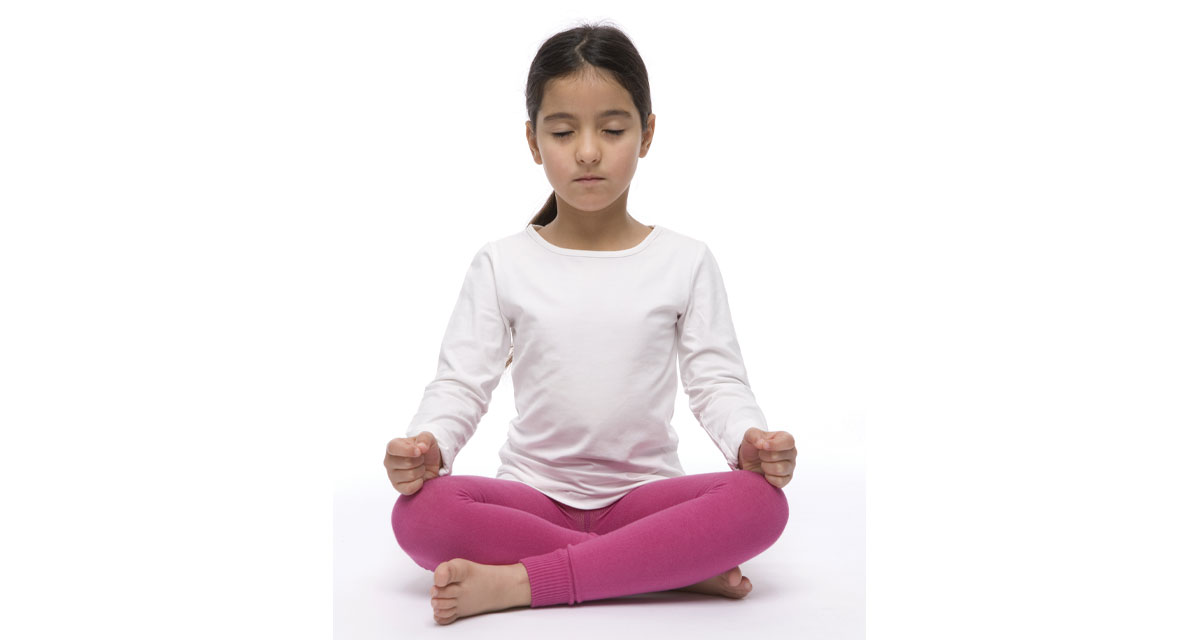If you are a parent, you have been in a situation where you have had to discipline your child. Often when your children are young, they have a hard time expressing their feelings and emotions, and it leads to a lot of times when you need to discipline them. One very popular choice for dealing with discipline for young children is time-out.
Time-out is a common technique used to discipline a child. It is very simple and effective. When a child is displaying undesirable behavior, you put them in time-out by removing them from what they are doing and have them sit in a quiet space. Maybe in a corner or chair facing the wall, but in a place where there are no toys or things to distract them. They are usually asked to stay there for however many minutes as they are old. This is a disciplinary action meant to teach them that the behavior is unacceptable.
Mediation is also a form of time out. It is the act of sitting in a quiet, peaceful place to clear the mind and feel peace. It is much more often used by adults to help them restore a sense of calm to their lives and reduce stress. The self-reflection they can experience during meditation is also found to be very useful.
Thinking about a way to use mediation and time-out to work together can be an effective way to take these moments where discipline is necessary and use it as a way to teach the child a lifelong skill. Even though they are young, children can begin to understand the importance of self-reflection. Really, when a child is presenting with behavior that is unacceptable, they are feeling stress. So this is a perfect time to introduce the idea of meditation and teach them to restore calm and reduce that stress.
If you are already using Time-Out as a form of discipline, you are halfway there. Your child is already accustomed to being removed from a stressful situation. The difference will be what you ask of them once they are in time-out. It may also be helpful to change the name from “time-out” to “time-away.” This will change the tone of the experience and let them know that it will be different from what they were doing before.
The most important first step is to talk to your child about how the new time-out will work before the heat of the moment. Once your child is having an issue, it will be hard to convey what you want them to do. Have an age-appropriate conversation when everyone is feeling good.
As for the meditation itself, start small. You will need to sit with your child at first to help him or her through the exercise. Have them take deep breaths with your guidance. Once they are calm, you can keep it as simple as having eyes closed and breathing, or as complex as having them focus on the feeling that made them upset, and moving those feelings to the side to think about a more positive feeling.
There is a range of options to use for this exercise. There are also resources available on the Internet and you can even find guided meditation videos for children. Do some research and you will easily be equipped to make this a positive experience in your home.
A lot of parents are already using time-out in their homes every day. Adding the element of meditation will help your child add a tool to their tool belt that can help them deal with their emotions. It can become a lifelong skill that teaches them to remove themselves from a stressful situation to clear their mind and gather themselves. We could all use a little more of that in our lives!



















